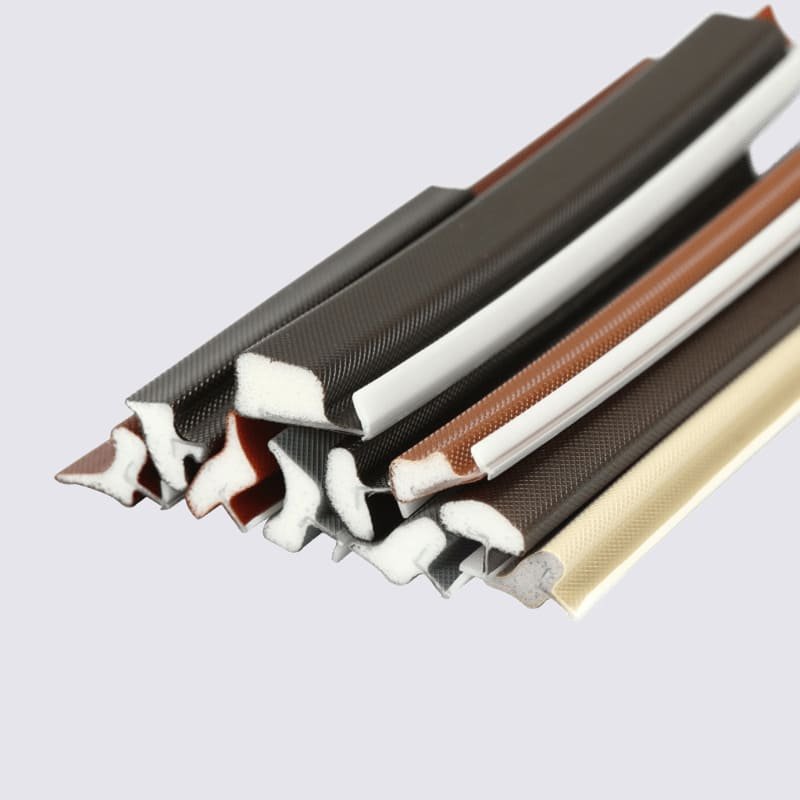The vacuum hose may be small, but it’s important to your engine’s performance. Ignoring wear or leaks can result in a loss of power or worse. Knowing when to replace your vacuum hose can save you money on repairs.
Vacuum hoses should be replaced every 5 nei 10 jier, or sooner if you notice symptoms such as poor engine performance or an on-screen “check engine light.” These hoses can dry out, crack, or develop leaks over time, and regular inspections can prevent engine failure.
Folgjende, let us introduce it in detail to help you better understand
What Are the Signs of Bad or Leaking Vacuum Hoses?
From my experience—and confirmed by experts—these are the most common signs:
- Kontrolearje Engine Light: This is usually caused by a vacuum leak.
- Engine Sputtering or Stalling: The engine may start but lose power quickly.
- Rough Idle or Poor Acceleration: Especially noticeable at low speeds.
- Hissing Sounds from Under the Hood: Air escaping from a cracked hose.
- Fuel Efficiency Drop: The engine compensates by burning more fuel.
These symptoms indicate that air is getting into the system where it shouldn’t be, messing with the fuel-to-air ratio.
How Often Should You Replace Vacuum Hoses in a Car?
A good rule of thumb is every 5 nei 10 jier, depending on where you live and how you drive. Some people even like to replace them every spring as a preventive measure.
If you live in a really hot or dry climate, your hoses might crack sooner. Check them once a year for any signs of wear or brittleness.
How Long Does It Take to Replace All Vacuum Hoses?
If you’re doing a full replacement, block off a few hours. The job involves:
Identifying and labeling each hose.
Measuring, cutting, and matching new hoses.
Ensure tight seals at each connection. From personal experience, I’d say 2–4 hours for a first-timer, especially if your hoses run to the intake manifold or hard-to-reach spots.
What are the symptoms of an intake of manifold vacuum leak?
If the leak is at or near the intake manifold, the symptoms can be more severe:
- The engine misfires
- There’s a loud hissing sound
- The idle is erratic, or the RPM surges
- The throttle response is poor
These leaks mess with how the engine “breathes,” which affects performance and emissions. Use a smoke test or soapy water to find the leaks.
Yn Gearfetting
Vacuum hoses are one of those things that get overlooked but are vital to your engine’s health. If you’ve noticed a performance issue or haven’t replaced yours in years, it’s time to check them.



